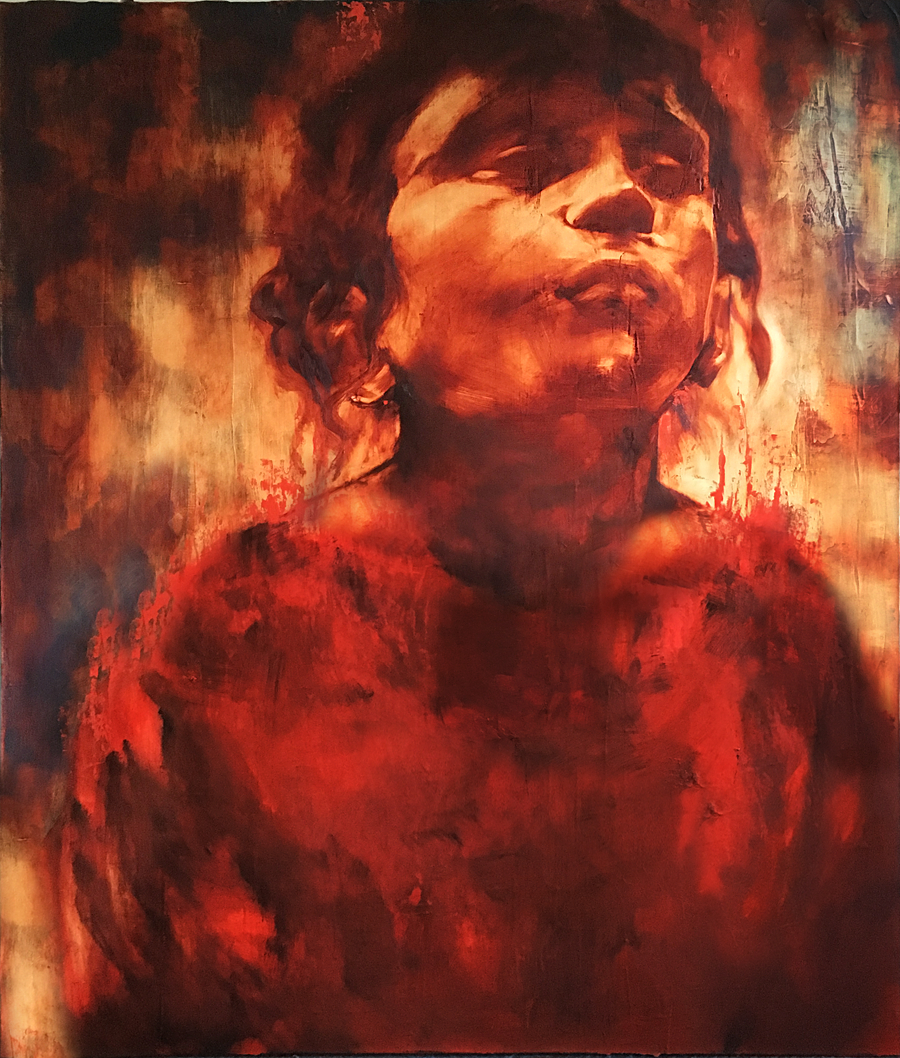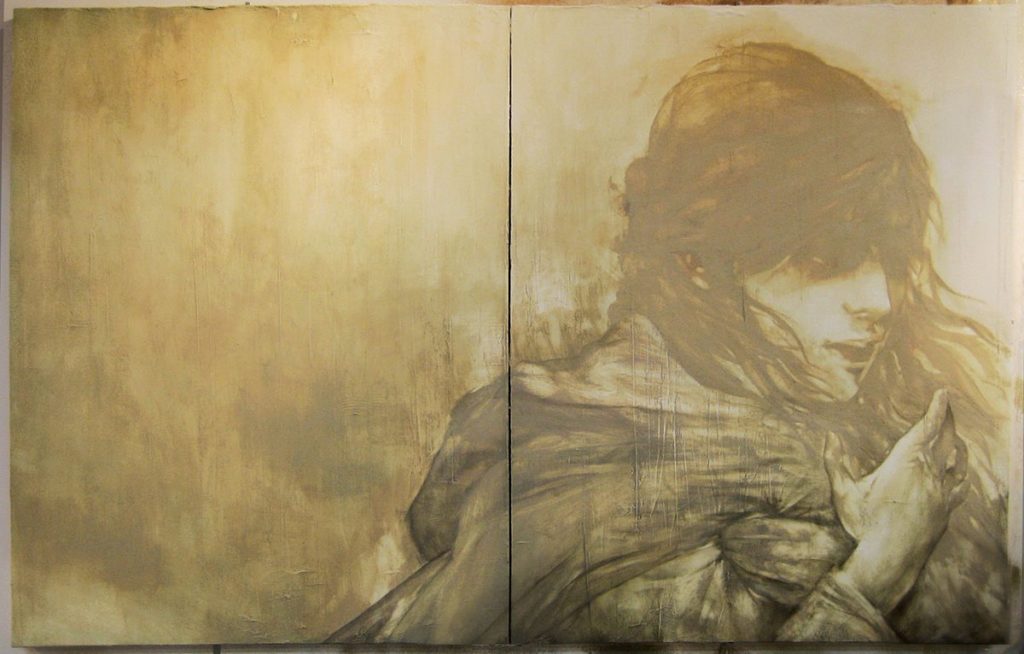Transforming Our Spaces

“It was painting, he said, that brought him to theology.” The “he” is Brother Emmaus O’Herlihy, an Irish Benedictine monk, whose liturgical paintings fit so beautifully in a ‘new church for a new day’ or even for revitalizing an old one hobbling along in its entrenchment.
I’m so glad I save articles that I’m too busy to read at the time. In a tucked away issue of America from June 2018, I rediscovered this one, “An Irish Monk Breathes new Life into Liturgical Art in Toronto,” by Dean Dettleoff. As I reread it, I marveled at how relevant, even critical, his approach to art could be for all of us. He uses a mixture of contemplation, mysticism, faith-filled realism and the courage to see beyond the obvious to inspire his creations and then uses the color palette of the ancient liturgical art: rich ochres, burnt siennas, bronzes, charred browns, brushed blues and ox-blood reds to draw us in and push us forward. Just what we need.
Here is why:
“Part of his approach is an insistence on incarnation and the bodily side of human life, which he says gets lost for some people surrounded by idealized human bodies in churches. “I grew up with a tradition of porcelain saints, believing I could identify what’s holy with good-looking, pure characters,” he says. But the beautiful saintly bodies he encountered made him feel like holiness was unattainable since their bodies were unlike anyone he actually knew.”
We need to express holiness differently, I agree, with figures that are not icons, but in whom we see ourselves and in whom we see all those in the world to whom we need to respond. I am also filled with hope by this statement by Brother O’Herlihy. Because he does not paint traditional iconic holy figures: “I think they speak to a present-day generation that doesn’t need that; that needs something that says, ‘Yes, you could be this person.’”
And so here is “The Red Magnificat”:

Mary is an indigenous girl in a red dress, very young, pregnant, in danger of being an outcast, but already wise.
“These indigenous women and girls are not forgotten by God. They’re as sacred in memory as Our Lady is…. That is very hard to articulate, but when you see a painting I think it does something.” He hopes the painting will hang where people can remember the missing and murdered indigenous women and girls in prayer.”
And here is Mary Magdalene:

Inspired by the light to lead us in our spiritual life, to consecrate the Eucharist, to bring our church to its true calling? Or is it something else, as poignant, as powerful? How amazing to have a new image for a new day to ponder and love.

One Response
Another image:
http://www.pelicanweb.org/09.19.Page24.PATHS3.jpg
For your consideration:
http://www.pelicanweb.org/solisustv15n09page24.html